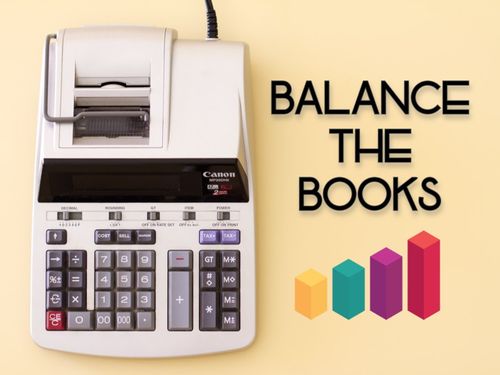Learn basic business accounting in minutes
Oct 05, 2021 · 3 mins read
0
Share

Making sense of the balance sheet
Accounting can seem complex and intimidating, but your business can’t survive without it. All you need to save yourself from a confused panic is the right vocabulary and some organization.
Save
Share
To start, make sure that whatever your points-of-sale are (e.g. credit card reader, checkout page), they are connected to one designated bank account. This helps you assess the health of your business at a glance.
Save
Share
Just a few different reports will tell you everything you need to know. The first is an income statement, which shows how much has been spent and earned within a set timeframe.
Save
Share
The bottom of the income statement reveals your net income (total revenue minus the cost of goods sold). You’ll only get a clear picture here if all revenue and expenses are accounted for.
Save
Share
The next essential report is a balance sheet, which gives you an overhead view of the business at any given time. This is split into three parts…
Save
Share
The first is your assets: both current (cash, inventory, and anything else that can be turned into cash within a year) and fixed (things you can’t convert into cash quickly, like property).
Save
Share
The balance sheet also shows your liabilities (or obligations), which come in two categories: current (any debts that must be satisfied within a year) and long-term liabilities (like mortgages).
Save
Share
Lastly, the other important thing your balance sheet shows is equity. If your business closes, equity is the money that would be returned to your shareholders once the assets were turned into cash and the debts were repaid.
Save
Share
These three parts of the balance sheet (assets, liabilities, and equity) balance out evenly. In other words: equity = assets minus liabilities. That tells you how much cash you have in total.
Save
Share
Next, we’ll make sense of the cash flow statement – a vital piece of the puzzle – and look at tying it all together in one easy-to-understand guide.
Save
Share
0